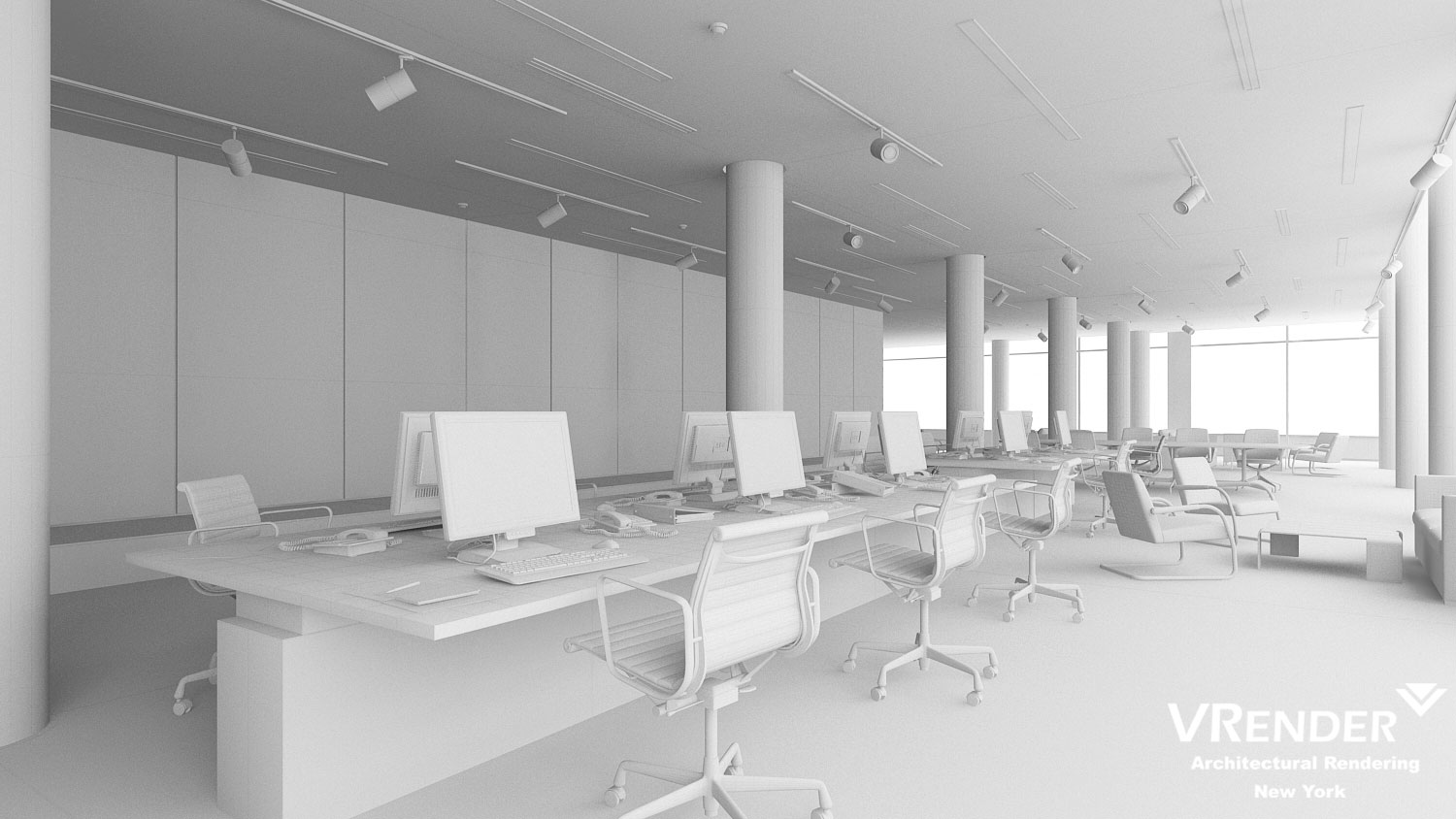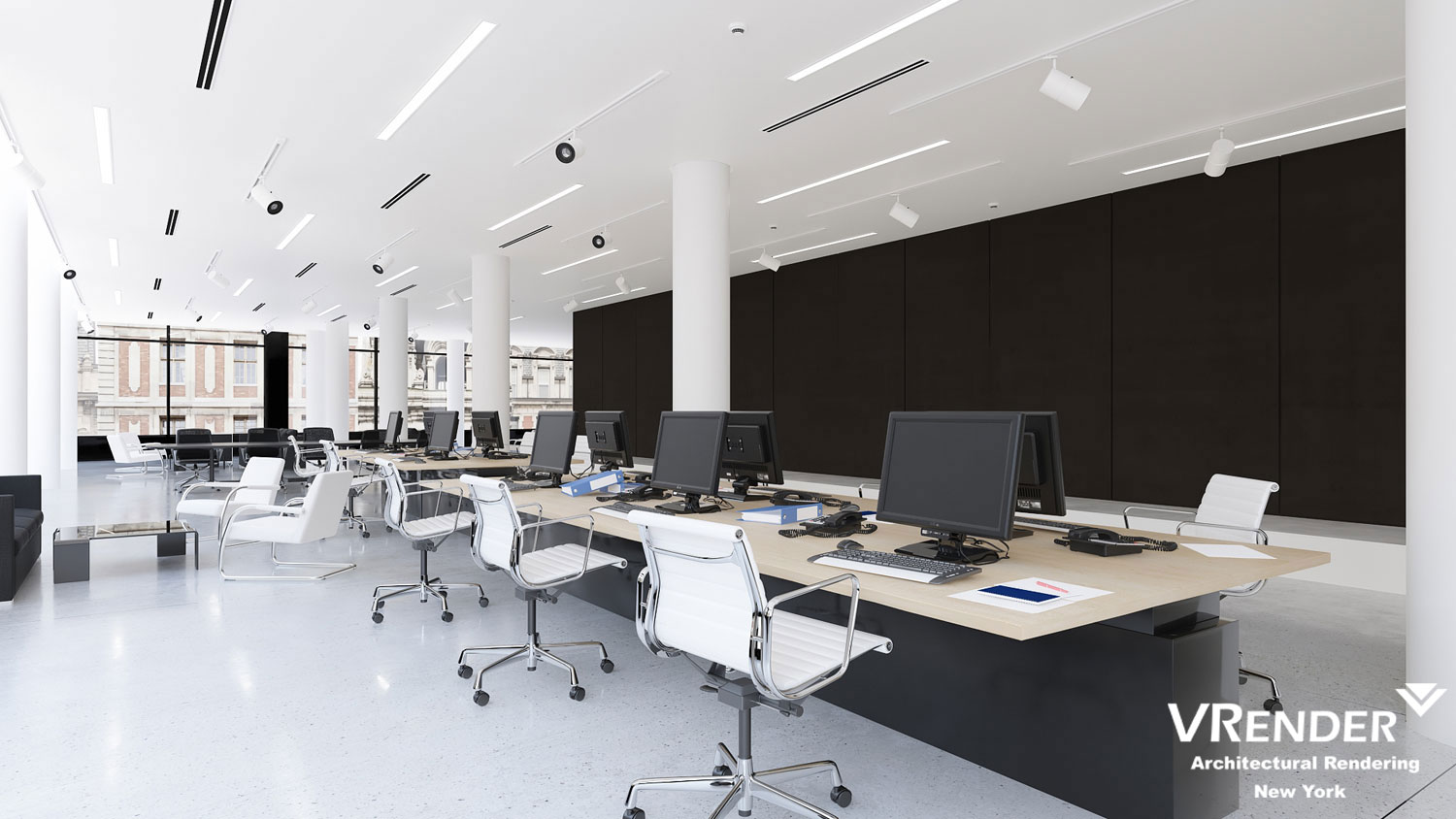Visual techniques and 3D rendering are used to create graphic diagrams, images and animations that are real life and easily pass a message. These techniques through images have been part of man’s history where early man painted caves to depict his way of life. The Egyptian alphabet consisted of small characters like shapes and pictures that had meaning. Early civilizations have used these techniques to generate technical drawings for both engineering and scientific uses.
Today, we need them for the same reasons as well as in architecture, education, multimedia and medicine. This article is going to look at the techniques in these fields as well as multimedia and specifically computer graphics. This is because the development of computer graphics and animation has helped advance these techniques.
As aforementioned visualization, has been used to pass information for thousands of years. It has been used in maps and technical drawings to help solve scientific problems. This is one of the chief uses in computer graphics. Thanks to the development of technology and the advancement of computer processing power, an artist is able to recreate the scene of a plane crash and make it look real enough for television viewers. Viewers are also shown depictions of space and spacecrafts as real as if a photograph was taken. One of the common of these techniques used in computer graphics is 3D rendering.
3D (dimensional) rendering is the process of turning wire frame models into 2D images with 3D photorealistic effects. Wireframe models are made up of lines representing a three dimensional object. The wireframe models allow the object’s designer to construct and manipulate it easily. This is because it allows the designer to see how the underlying structure of a 3D object appears. These 3D rendering techniques assists scientists make use of the huge volumes of data that is made available to them every day by super computers. 3D visualization is the key to sorting through all this data that can overwhelm any scientist.
Uses of computer 3D visualization techniques:
- Architecture and engineering . As I mentioned before, the design of a building is visualized from the word go. An architect uses it to design the floor plan of a building. A 3D artist is then able to use the floor plan to make a visual representation of a finished building. An interior designer then uses the floor plan to plan and includes a visual of furniture and other features for the interior of the building. By using the artist impression of the building, a sign designer can visualize and even superimpose signage on the building. An almost similar process will be followed when engineers are designing a car or even a plane.
- It is used in medical applications and diagnostic planning. For example, the effects of snakebite can be visualized from when the snake strikes to how the venom spreads in the body so that normal viewers can understand as easily as if they were seeing inside the human body. Doctors and other medical staff can be able to prevent future snake attacks.
- In business, managers can use visualization to manipulate market data and information by creating charts and graphs which are easy to understand and hence can make more informed decisions.
- In learning and education institutions, teachers use these techniques to teach kids and students how to think logically and develop their creative abilities.
- In electronics, the techniques can be used to depict the complicated circuit boards and make it possible to understand and be able to diagnose electrical problems.
- In the printing and publishing industry, the techniques are used for laying out text and graphics by use of page layout and printing software.
- Closely related to the printing industry is visual and multimedia technology industry.
- Television and computer games and music videos are made possible by visualization software.
- The techniques are used for industrial, manufacturing, advertising and a myriad of other industries.
Vrender Company 2017






